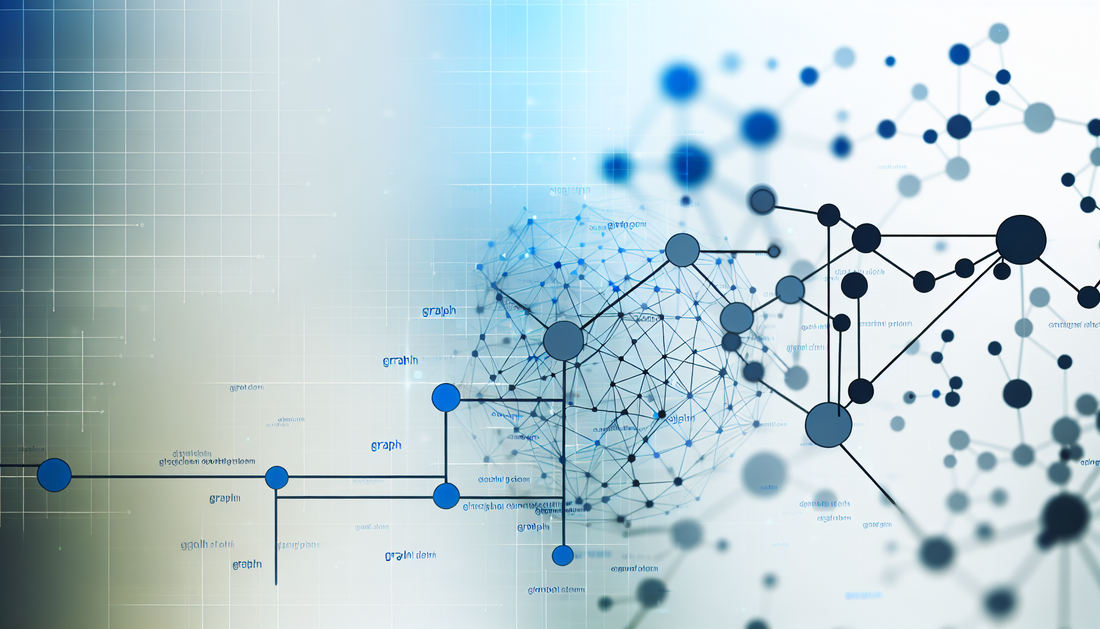
Unlocking The Graph: Powering Web3 Data Access
Share
Understanding GRT: How The Graph Works
The Graph (GRT) is an innovative protocol designed to facilitate the querying and indexing of data across blockchain networks. It plays a critical role in the decentralized web, often referred to as Web3, by ensuring that data can be accessed and utilized efficiently by decentralized applications (DApps) and blockchain networks.
The Core Mechanism of The Graph
At its essence, The Graph operates as a decentralized network that indexes blockchain data, allowing developers to query this data easily. The network achieves this through subgraphs, which are open APIs that specify how blockchain data gets indexed. Subgraphs are created using GraphQL, a popular query language and data manipulation framework. This method allows developers to define precisely how the information is structured and retrieved.
Key Components of The Graph Network
The Graph network consists of several key roles:
- Indexers: These are node operators who stake GRT tokens and are responsible for running The Graph nodes and indexing the data.
- Curators: Individuals or entities who signal on subgraphs, indicating which data is valuable and should be indexed. Curators earn a portion of query fees as a reward for identifying and promoting useful data.
- Delegators: Token holders who contribute to the network’s security by delegating their GRT tokens to Indexers. Delegators earn a share of the indexer's rewards.
- Consumers: These are the end-users, typically decentralized applications, who query the subgraphs to retrieve data. They pay a query fee in GRT for the service.
The Graph’s Impact on Decentralized Applications
The Graph's protocol significantly enhances the functionality of decentralized applications by providing a seamless and efficient method for retrieving blockchain data. By eliminating the need to build and maintain custom indexing servers, developers can focus on building feature-rich DApps. The platform’s decentralized nature ensures that data remains tamper-proof and accessible, adhering to the principles of blockchain technology.
For those interested in exploring blockchain's role in enhancing privacy and security, The Intriguing Intersection of Decentralized Identity and Blockchain: A Game Changer for Privacy and Security provides additional insights.
The Graph continues to open new pathways for decentralized application development, emphasizing the importance of accessible and reliable data in the evolving landscape of blockchain technology.
